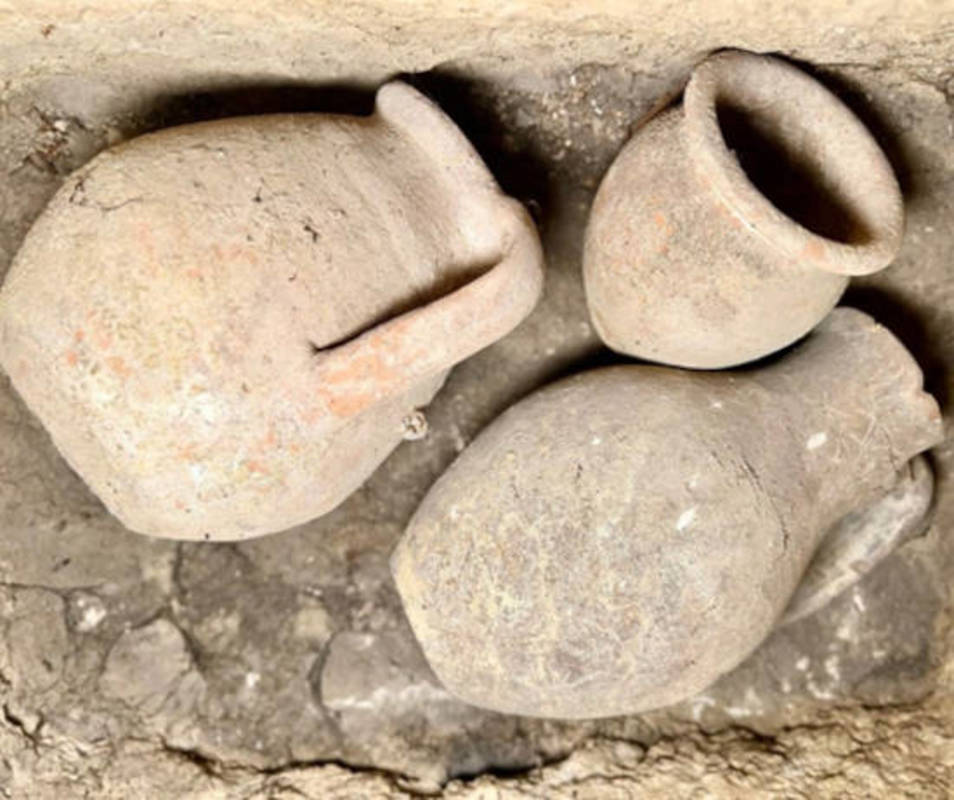Archaeologists excavating a necropolis in Italy have uncovered a spectacular urn, which dates back thousands of years and contains unexpected artifacts, reported Archaeology Magazine.
Urn Had a Special Use in Ancient Society
Scientists excavating a site within the Palazzone Necropolis, in Perugia, came across an Etruscan urn which dates back 2,300 years. On it is carved an intricate relief of the goddess Medusa as well as floral prints and detailed cursive Etruscan inscriptions. More surprising than the urn itself, however, were its contents. Rather than human remains, as one might expect, the vessel contained three still-intact terracotta vessels. Experts say that such an artifact suggests they were buried during a symbolic burial or cenotaph. The terracotta artifacts found within included a bicchiere (cup) and two brocchette (jugs), all of which were constructed from an orange paste.
Ipogeo dei Volumni e Necropoli del Palazzone
Ipogeo dei Volumni e Necropoli del Palazzone
Medusa Held a Significance
Experts say that the image of Medusa was far more than an artistic flourish. “Medusa was not just decoration; she was an active presence in the tomb,” explained Silvia Rossi, the site’s Director of Conservation. Rossi described the carving as “a tangible sign of the choices made to accompany the deceased into eternity.”
The tomb was originally discovered in 1840 and included roughly 200 underground tombs which date from the Hellenistic period. Researchers say this latest discovery illuminates practices of the Hellenistic period, and specifically the Etruscan people, which remain murky to experts. “It is a reminder that the Etruscans still surprise us,” Rossi said. “The piece is remarkable not only for its carving, but for the ritual complexity it suggests.”
